From day one, we decided that we were going to do EVERYTHING in our power to be completely above board. It certainly was not lost on us there were opportunities that were against Amazon’s rules (which would be highly profitable) but we chose to go the other direction. We realized that our longevity was important if we wanted to create a business. It’s much easier to sleep at night when you try to do the right thing.!
In this article, I want to discuss five quick ways you can protect your Amazon account. If you are anything like us, Amazon is your livelihood! Even if you aren’t a full-time Amazon seller(yet) you probably still have a great interest in protecting the investment you have, as well as the business you are building.
In effect, Amazon wants many of the same things we want:
- Happy Customers
- Ethical Business Practices
- Professional Service
- Adherence to Standards
If you keep those simple principles in mind you can quickly understand what to do, as well as what not to do on the Amazon platform.
Here are some of the quick and easy ways to protect your Amazon Account:
1) Read the rules
One would think this could go without saying, but if you are going to be selling on the Amazon platform you should take a few minutes to read the rules, terms of service, their prep policies, and inbound policies.
I realize this is not the most exciting set of materials. However, these are the actual RULES that protect your business.
Terms of Service: https://www.amazon.com/gp/help/customer/display.html?nodeId=1161302
Policies and Agreements: https://www.amazon.com/gp/help/customer/display.html?nodeId=1161272
Those two documents encompass many of the rules for selling on Amazon. You will not be able to memorize them entirely, or maybe you will, but for most of you – it is important to read them to understand the spirit of the agreement, as well as give you a place to re-review if you are looking at a questionable situation.
2) Review Notifications
We make it a dedicated practice to constantly review notifications that we receive from Amazon. These notifications come in a variety of forms, and all should have a HIGH priority for your attention and review.
The scariest of these notifications is the “red flag” notification in your Amazon account. These can range from changes to your account, Performance Notifications, or all the way to Policy Warnings. These are essential to address with Seller Performance immediately, or at least follow along with what the notification says.
In most instances, we do suggest a follow-up email with Seller Performance at:
seller-performance-policy@amazon.com
We do this if a listing is closed due to high return rates, or if there are more serious concerns. Our goal is to be honest and open with the Seller Performance team to help them resolve any issues quickly.
Beyond that, you should similarly review and address notifications like “Change Notification” emails or “ASIN Merge” emails. Our VA team reviews all of these emails by doing the following:
Look at the changes made in the email.
Go to the listing on Amazon, review the current listing.
Verify that the changes made DO NOT change the overall product qualities.
Does your product still match the detail page? Look at all aspects, including weight and measurements… All details need to match.
If not, deactivate your listing immediately – file with Amazon via Case Creation to have the details changed back – per the manufacturer website. If the manufacturer’s website/description does not match your product, create a removal order.
Our goal is ALWAYS to sell products that match the Amazon Detail Page perfectly, so we are meticulous and react quickly to these types of emails. To make sure you are selling the correct products, and the listing has not been altered to make your product incorrect, we suggest instituting a similar review process into your own business.


3) Professionally Deal with Customers
This goes without saying, but I will say it anyway. Amazon is VERY MUCH a customer-centric company. Your goal should be to exceed well beyond the minimum expectations they set, and provide the BEST possible customer service to those people who buy your products.
You should focus on:
- Answering customer inquiries quickly. Our goal is less than three hours despite Amazon allowing up to 24 hours.
- Answering customer emails courteously and efficiently. We focus on giving very detailed answers to customers. In fact, we have saved templates that cover the most common questions we receive.
- Your emails should prevent issues with Amazon. If the problem is your fault, take responsibility: give a refund and don’t require return shipping. Then address the problem in your inventory if it is systemic and not isolated.
4) If it is borderline “against the rules”, err on the side of caution
This is the “common sense” rule. If you think that something could be against the rules, it is MUCH safer to assume that it is. Don’t operate in the space of “not knowing.” Be conservative, then research to see if something is or is not against the rules.
You have to understand that Amazon holds a high standard, and ignorance of the rules DOES NOT excuse you from breaking them.
Just remember this quote, as it will really help you with Amazon:
“An ounce of prevention is worth a pound of cure”.
5) Good Invoices
I would estimate the number one reason for suspension is counterfeit products/products not as described. The general reason for this is people have poor invoices. You should source from places where the invoice will stand scrutiny. Trust me, I realize that there are HUNDREDS of questionable invoice opportunities.
For example, locally we have a pallet distribution store; they break down return pallets and retail out those products for VERY low prices. In many instances, you could walk in, spend $500, and profit $1000 or more as they always have great name brand products available at awesome prices.
However, we DO NOT source from this place. We understand that if we receive a “counterfeit claim” or “item not as described” claim that our invoices will not withstand that scrutiny.
Here are the types of invoices you can get, and their relevance to Amazon in descending order:
- Manufacturer Direct Invoice (Brand Owner)
- Authorized Distributor Invoice
- Online Purchase Order + Picture of Item on Website + Packing Slip
- Retail Receipt from Big Box store with UPC
- Liquidation with Lineage Trace
- Retail Receipt without UPC
The issue you can have with retail, online receipts, and liquidation invoices is Amazon understands the liberal returns policy offered by retailers. Such policies can result in non-new or even counterfeit products being available in retail locations.
If you look at only the profit of a transaction and don’t calculate the risk that it brings, you aren’t building a business – only taking advantage of a profitable opportunity. Businesses are built with longevity in mind, and part of longevity is account protection and assurance you are minimizing your chances and opportunities of being suspended or having other issues.
Focus on doing things right, operating above board, and most of all exceeding the minimum standards. Part of being successful is being great. If you strive for perfection in your business and process, your growth potential is unlimited.

